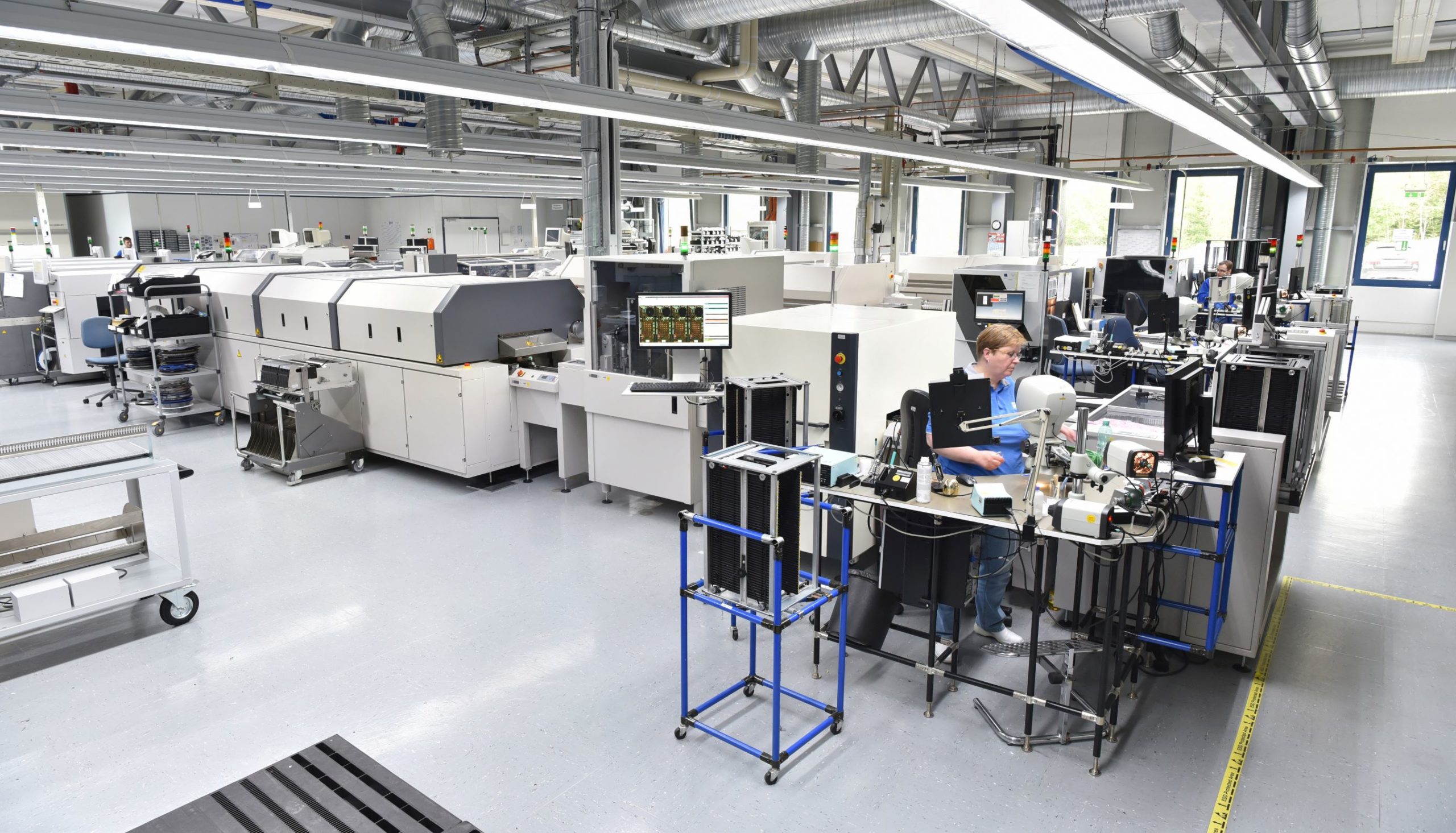Many companies need to work hard to protect their bottom line. Driving down costs is a sine qua non – but done wrongly, it will damage the business. At the same time, growth drivers need funding to provide the means for future growth. Smart cost cutting will prune a company back to health and free up the cash to provide oxygen for growth drivers. Let’s explore how this is done.
Be explicit about value delivery
Be clear on the value to be delivered to your stakeholders both now and in the future. Design a strategy that enables resilience, irrespective of economic conditions. What products and services should you deliver? Work out an appealing vision that is also explicit about the mindset and behaviours that will create its success – this is a crucial factor that is all too often overlooked.
Align cost structure with vision
Once you have formulated your new vision, you will need to map out and understand the current activities and cost structures in detail. Work with five main questions: What activities can you not live without? What activities can you stop? What activities can you simplify or aggregate? Where can you redefine demand for activities? What new activities do you need?
Be clear on the must-haves and eliminate unnecessary or nice-¬to-¬have services and activities. Decide what can be outsourced, offshored or insourced, and how procurement can be rationalised.
Align and digitise the operating model
Design lean end-to-end processes
Answers to the questions listed above are the input for an iterative process that starts with the redesign of end-to-end business processes. Process mining is a tool that provides great insights into your current processes and will help you decide what to keep and what to adapt.
Drive down organisational complexity
Using the redesigned processes, assign responsibilities and accountabilities as low as possible in the organisation. Design logical, complete functions and think process flow, not department. Automate activities through software robots and integrate them as virtual employees with roles, accountabilities and reporting lines in the organisation. Create additional organisational layers only if they add value.
Create an effective reporting and meeting structure
Reduce the number of meetings held. Keep them focused and as short as possible. To improve a meeting’s effectiveness, be clear on what the meeting is for, who has to attend (and who not) and what information needs to be made available for the meeting. Each attendee should have the information that is required to do a good job – no more and no less.
Digitise
Capitalise to the max on the opportunities that intelligent automation provides and optimise the technology landscape. This drives down cost and improves both quality and speed.
Implement decisively
Design a roadmap from the current state to the future state and act decisively. Identify activities, but focus on results. If the activities don’t deliver the planned results, adapt the activities, not the timing of results delivery. Reinforce and develop the employees in their organisational roles – align their accountabilities and the implementation deliverables. The way the implementation is done shapes the mindset and behaviours in the organisation. Be sure this is in line with how the vision is formulated.
Maintain a relentless focus on cash and margin
Identify and deliver immediate operational cost measures to start generating cash. Move continuously from quick wins to more complex opportunities. Stabilise the supply chain, optimise working capital and optimise the supply chain processes. Keep on driving operational efficiency. Address the top line: address product and service offerings in line with your strategy and optimise pricing. Maintain a relentless focus on cash and margin throughout.
Provide oxygen for your growth drivers
Ensure that the growth drivers are well-positioned on the management agenda and the required resources are assigned and protected. Keep on driving their growth towards stretching KPI targets.






